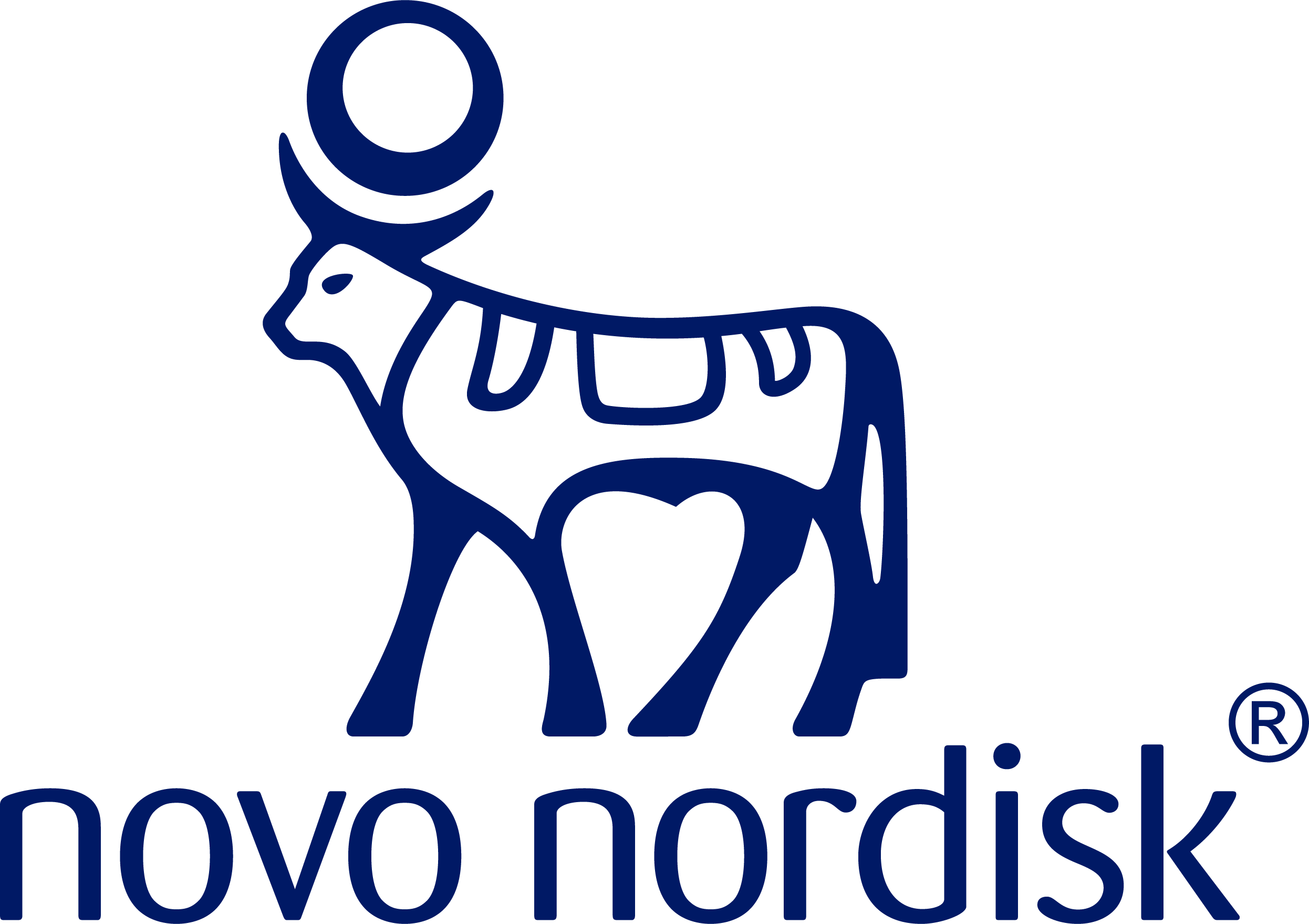Obesity is a chronic, multifactorial disease, not just a lack of willpower1,2
Obesity is a serious disease that is chronic, progressive, and prevalent.1,2 Take the quiz and test your knowledge about obesity statistics.
Reframing obesity management
Dr. Holly Lofton discusses how obesity is often managed differently than other chronic diseases and highlights the need for proper diagnosis and treatment.
Video length: 4:41
The prevalence of obesity has steadily increased in recent decades3
Since 1999, the age-adjusted prevalence of obesity has jumped from 30.5% to 42.4%3*
Trends in age-adjusted obesity and severe obesity prevalence among adults aged 20 years and older, US 1999-2000 through 2017-20183

*Estimates were age-adjusted by the direct method to the 2000 US census population, using the age groups 20-39, 40-59, and 60 and over.
†Significant linear trend.
The prevalence of obesity approaches that of some other diseases2,4-7
The number of adults in the US living with obesity approaches the number of adults living with hypertension and/or CVD.2,4-7

‡Prevalence of obesity based on NHANES data for 2017-2020 and data from the 2023 US Census estimates.6,8
§Based on NHANES 2015-2018 data; CVD comprising CHD, HF, stroke, and hypertension in adults ≥20 years of age.
IIApproximately 101M of these have hypertension.
Test your knowledge of obesity statistics
Between 1980 and 2015, the global prevalence of obesity continuously increased and was associated with ___ deaths.9
Correct.
Sorry, that's incorrect.
Between 1980 and 2015, the global prevalence of obesity continuously increased and was associated with 4 million deaths.
The lifetime risk of fatal and non-fatal MI among males with obesity is 42%, and among females with obesity is _____.10
Correct.
Sorry, that's incorrect.
The lifetime risk of fatal and non-fatal MI among females with obesity is 75%.
MI, myocardial infarction.
Obesity costs the US health care system nearly ________ every year.11
Correct.
Sorry, that's incorrect.
Obesity costs the US health care system nearly $173 billion every year.
In a study, for patients with diabetes and a baseline BMI of ≥40 kg/m2, a weight loss of 5% was shown to reduce medical costs by $_____ each year.12
Correct.
Sorry, that's incorrect.
In a study, for patients with diabetes and a baseline BMI of ≥40 kg/m2, a weight loss of 5% was shown to reduce medical costs by $2,665 each year.
BMI, body mass index.
In a study comparing US adults of normal weight with those with obesity, adults with obesity had $_____ more in annual medical care costs.7
Correct.
Sorry, that's incorrect.
In a study comparing US adults of normal weight with those with obesity, adults with obesity had $2,505 more in annual medical care costs.

DISEASE PROGRESSION
Start the obesity conversation

DIAGNOSING OBESITY
Diagnosis is an important step in managing obesity13
References:
1. Tondt J, Freshwater M, Hurtado Andrade M, et al. Obesity algorithm 2024. Obesity Medicine Association. January 2024. Accessed March 28, 2024. https://obesitymedicine.org/resources/obesity-algorithm/
2. Centers for Disease Control and Prevention. Adult obesity facts. Published May 17, 2022. Accessed June 5, 2024. https://www.cdc.gov/obesity/php/data-research/adult-obesity-facts.html
3. Hales CM, Carroll MD, Fryar CD, Ogden CL. Prevalence of obesity and severe obesity among adults: United States, 2017-2018. NCHS Data Brief. 2020;(360):1-8.
4. Chobufo MD, Gayam V, Soluny J, et al. Prevalence and control rates of hypertension in the USA: 2017-2018. Int J Cardiol Hypertens. 2020;6:100044.
5. Virani SS, Alonso A, Aparicio HJ, et al. Heart disease and stroke statistics-2021 update: a report from the American Heart Association. Circulation. 2021;143:e254-e743.
6. US Census. Quick facts. Accessed May 14, 2024. https://www.census.gov/quickfacts/fact/table/US/LND110210
7. Cawley J, Biener A, Meyerhoefer C, et al. Direct medical costs of obesity in the US and the most populous states. J Manag Care Spec Pharm. 2021;27(3):354-366.
8. Stierman B, Afful J, Carroll MD, et al. National Health and Nutrition Examination Survey: 2017–March 2020 prepandemic data files—development of files and prevalence estimates for selected health outcomes. National Health Statistics Reports No. 158. June 14, 2021. Accessed September 18, 2024. https://www.cdc.gov/nchs/data/nhsr/nhsr158-508.pdf
9. Dai H, Alsalhe TA, Chalghaf N, Ricco M, Bragazzi NL, Wu J. The global burden of disease attributable to high body mass index in 195 countries and territories, 1990-2017: an analysis of the Global Burden of Disease Study. PLoS Med. 2020;17(7):e1003198.
10. Khan SS, Ning H, Wilkins JT, et al. Association of body mass index with lifetime risk of cardiovascular disease and compression of morbidity. JAMA Cardiol. 2018;3(4):280-287.
11. Centers for Disease Control and Prevention. Fast facts: health and economic costs of chronic conditions. Accessed June 5, 2024. https://www.cdc.gov/chronic-disease/data-research/facts-stats/index.html
12. Thorpe K, Toles A, Shah B, Schneider J, Bravata DM. Weight loss-associated decreases in medical care expenditures for commercially insured patients with chronic conditions. J Occup Environ Med. 2021;63(10):847-851.
13. Ciemins EL, Joshi V, Cuddeback JK, Kushner RF, Horn DB, Garvey WT. Diagnosing obesity as a first step to weight loss: an observational study. Obesity (Silver Spring). 2020;28(12):2305-2309.



